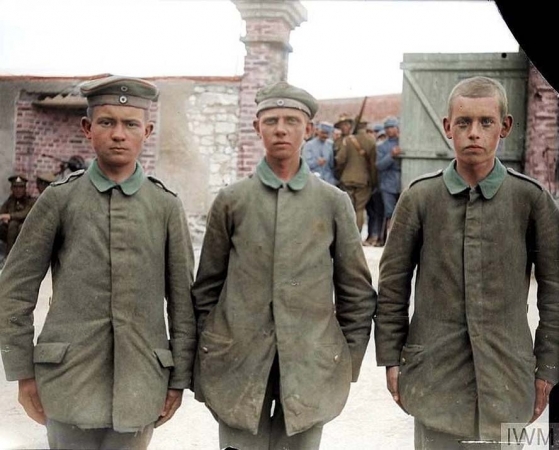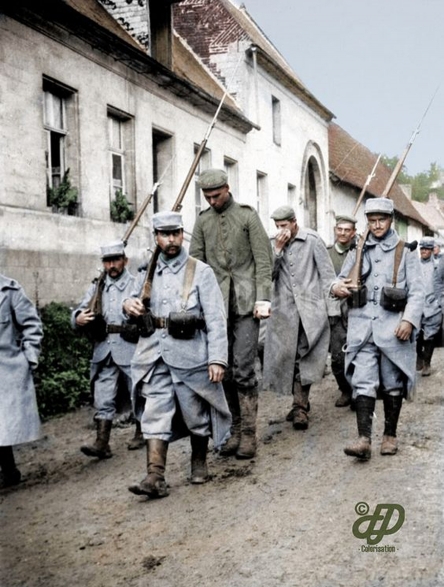This article appeared some seven months after the war, and it presents an interesting account of the first American tank units that ever existed.
The preferred tank of the American Army of World War I was a light tank made by the French called a Renault. It had a crew of two, measured 13 feet (4 meters) in length and weighed 6.5 tons. The tank’s 35 hp. engine moved it along at a top speed of 6 miles per hour. This article outlines where the American tanks fought, which units they supported and who commanded them; some readers may be interested to know that reference is made to the First American Tank Brigade and the officer in charge: Lieutenant Colonel George S. Patton (1885 – 1945).
During the course of the Meuse-Argonne battles, the tank units of the 1st Brigade had lost 3 officers and 16 enlisted men killed, and 21 officers and 131 enlisted men were wounded. These losses were suffered in 18 separate engagements…
Read about General Patton, Click here
Read other articles from 1919.


